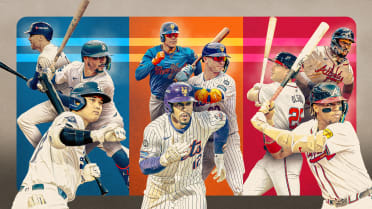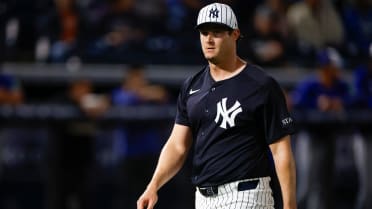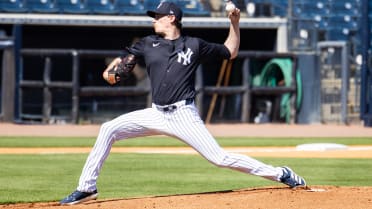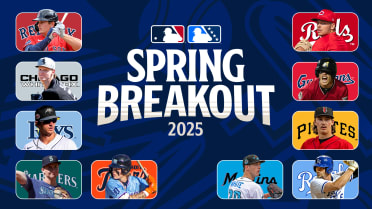New book details past Reds-Dodgers rivalry
Former NL West foes had tough competition in each other
When the Dodgers and Reds play each other these days, it doesn't attract any extra notice. But it wasn't always that way.
That's the thing about rivalries. Some are baked into the fabric of the game. Yankees vs. Red Sox, for example. Others are more temporal, the result of time and place aligning. That was the case with the Reds and Dodgers. When the Majors realigned in 1969, both clubs were placed in the new National League West. And for the first decade or so of that arrangement, both were among the best teams in the bigs.
For eight of the first nine years after divisions were created, Cincinnati and Los Angeles finished in the top two spots of the division. In the first 12 years, one team or the other advanced to the World Series eight times.
Return with us now to those exciting days of yesteryear in "Cincinnati Red and Dodger Blue: Baseball's Greatest Forgotten Rivalry."
First-time author Tom Riper, a self-described baseball fanatic who was a longtime sports business writer at Forbes Magazine, uses the 1973 season as a dramatic backdrop and drills even more deeply into a crucial stretch-drive game in September that was decided in extra innings.
And while that alone might be a revelation for younger fans and a stroll down memory lane for those of a certain age, Riper not only buttresses his case with educated diversions but allows himself the latitude to examine foundational questions such as defining what makes a team great in the first place.
Even those with fond recollections of those pitched battles between the Big Red Machine -- Johnny Bench! Pete Rose! Joe Morgan! Tony Perez! -- and the Dodgers teams that were surrounded by palm trees and Hollywood stars -- Steve Garvey! Ron Cey! Davey Lopes! Don Sutton! -- may not have realized how impactful the rivalry was.
Attendance was lagging in the late 1960s, in part because the Yankees' dynasty had fallen. During much of the '70s, the Reds' and Dodgers' paid attendance was roughly double the Major League Baseball average, and they also provided enough star power to help the sport earn a lucrative new television contract.
A mention of Reds manager Sparky Anderson sparks an observation about how his Captain Hook approach was a precursor of the way modern bullpens are managed. An appearance by Bill Buckner, then a Dodgers outfielder, leads inevitably to his infamous error in the 1986 World Series while playing for the Red Sox, followed by a rumination on how one play really doesn't decide a game, invoking names like Bucky Dent, Jeffrey Maier and Steve Bartman.
This, then, is a wide-ranging book. It traces how each team was built, connects all the dots, and relies on new interviews not only with participants like Garvey, Tommy John, Cey, Al Downing and Claude Osteen but also fans from that era.
It provides mini-biographies of many of the dramatis personae, makes the case for using Wins Above Replacement (WAR) as a yardstick, analyzes the pitcher's thought process in clutch situations and provides context both from the sports world (Secretariat's Triple Crown run and the Billie Jean King-Bobby Riggs tennis Battle of the Sexes) and current events (the resignation of vice president Spiro Agnew).
This rivalry had cooled even before the Reds became part of the NL Central in 1994. In fact, it decisively ended 13 years earlier, with a "You can't make this stuff up" conclusion. The 1981 season was split by labor unrest. The Reds had the best cumulative record in baseball, but missed the postseason entirely because they didn't win either the first or second half.
And the Dodgers? Well, they qualified despite finishing fourth in the division after play resumed, and they went on to win the World Series.
At one point, Riper laments that this was a "rivalry for the ages, that ought to be remembered more than it is." Later he refers to it as "one of the greatest rivalries sports had ever known."
After reading this book, it would be difficult to argue either point.
Paul Hagen is a reporter for MLB.com.



